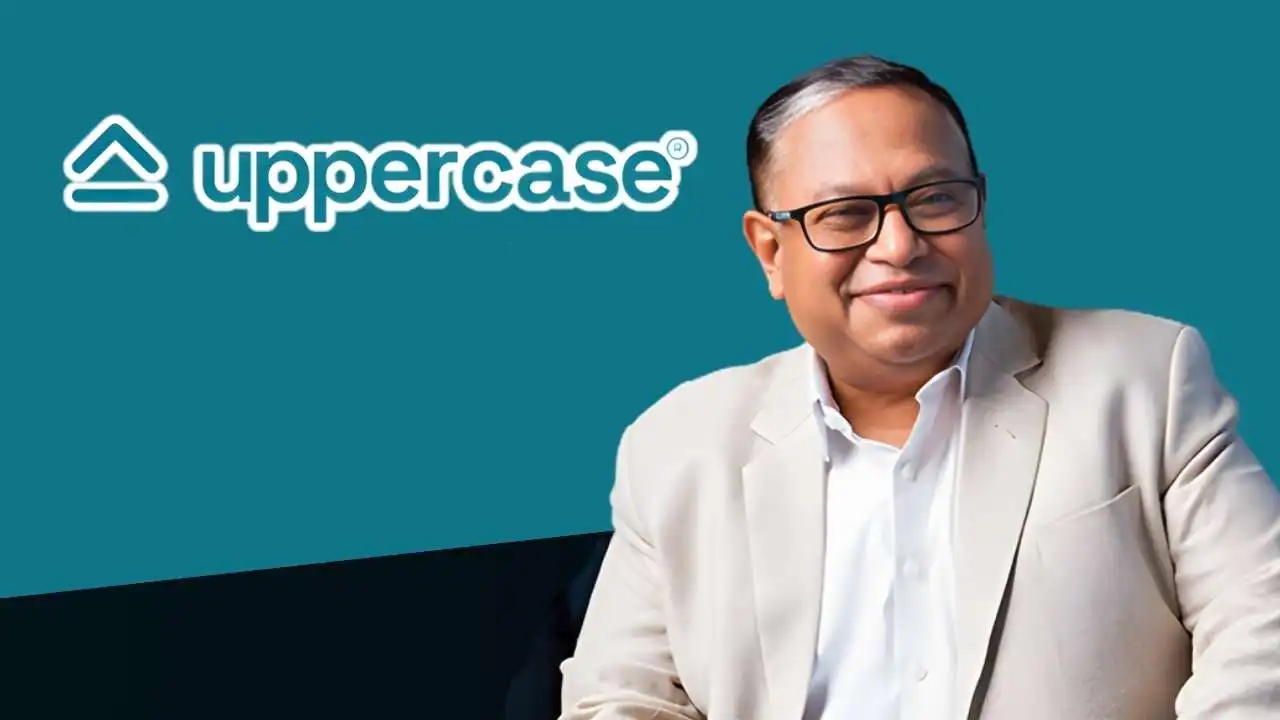Uppercase, the eco-conscious luggage and accessories brand, recorded a strong growth in revenue during FY25 as more customers began choosing sustainable travel products. However, this growth came with a notable challenge. The company’s losses increased significantly, almost doubling compared to the previous financial year. This contrast reflects a common situation faced by fast-growing consumer brands: sales are rising, but the cost of scaling the business is rising even faster.
Steady Growth in Sales and Brand Demand
Uppercase has made a clear space for itself in the travel and lifestyle market by offering modern, stylish, and eco-friendly bags. In FY25, the company generated around ₹83 crore in revenue, which is around 34% higher than what it earned the year before. This shows that customers are responding positively to the brand’s message of sustainability and durability. The brand has gained visibility across online marketplaces, retail stores, and among young urban travelers who prefer products that combine good design with environmental responsibility. The company also earned small additional revenue from bank interest and other non-operating income, which slightly improved the total income figure. However, the core driver of growth remained one category: travel bags.
Rising Costs Impact Profitability
While Uppercase’s top-line performance looks promising, the bottom line tells a different story. The costs of running the business increased sharply during FY25. The biggest contributor to the rising expense was the cost of raw materials required to manufacture the bags. As demand increased, the company needed more material, and prices also rose in the market. Marketing expenditure also surged as Uppercase continued to invest heavily in brand-building campaigns to stand out in a competitive market. Employee salaries, distribution costs, and logistics expenses added further pressure. All of this contributed to a situation where the company spent around ₹1.45 to earn every ₹1 of revenue. This imbalance directly led to the losses widening to nearly double the previous year’s figure.
Challenges in Scaling Sustainably
Uppercase is still in a phase where it wants to grow fast, attract more customers, and establish itself as a leading brand in a crowded segment. Competing against long-standing names, international brands, and low-cost imports requires both visibility and customer trust. The company’s emphasis on sustainability is a strong differentiator, but making sustainable products often costs more than producing regular synthetic ones. This means the company must find smarter ways to manage manufacturing costs while still staying true to its brand identity. The real challenge ahead is improving unit economics so that each product sold contributes positively to profit over time.
What Lies Ahead
The future of Uppercase depends on how effectively it manages this balance between growth and profitability. The company will need to focus on optimizing production processes, improving supply chain efficiency, and refining marketing strategies to reduce spending without slowing down customer acquisition. If Uppercase can control costs while sustaining the demand it has built, it has the potential to turn its growing brand recognition into stronger financial health. For now, the brand stands at an important stage in its journey: known, liked, and rising, but still working its way towards becoming sustainably profitable.
